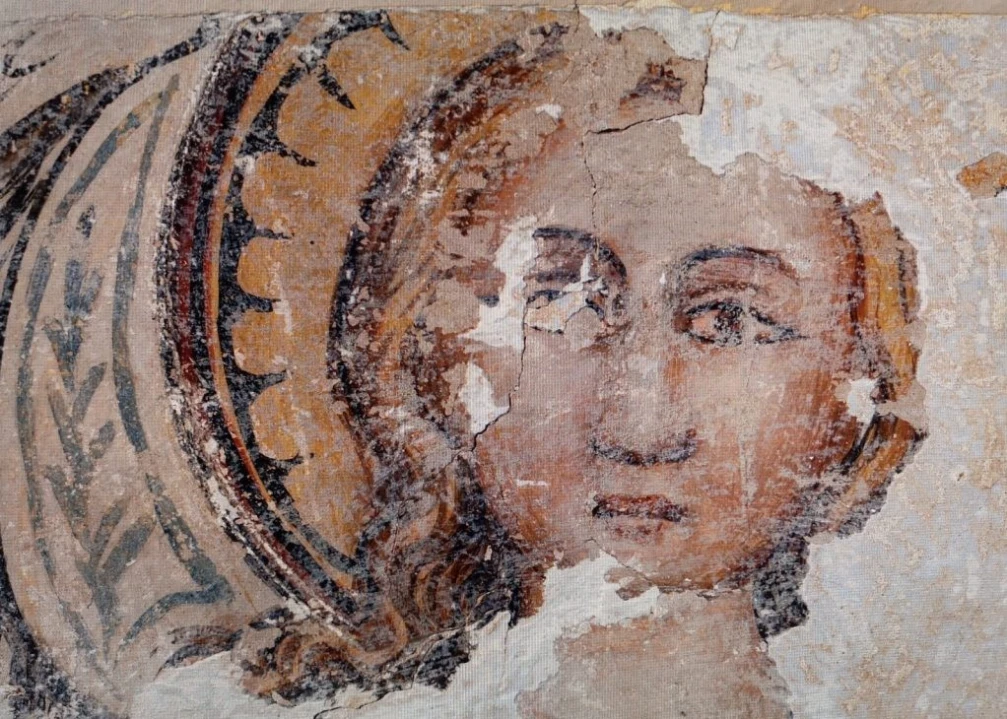Rimini, in the Emilia Romagna region, never ceases to amaze, and even less so does the church of Saint Agostino. The treasure chest of the fourteenth-century Rimini school of painting, where extraordinary cycles of frescoes disappeared for centuries reappeared only after the earthquake of 1916, forcing art historians to rewrite their pages, has revealed a new treasure until now completely unknown: a chapel with vaults entirely frescoed, over 100 square meters of paintings.
Already in 2009, traces of paintings were noted on the ceiling of the so-called 'weekday chapel' of Saint Agostino. It is adjacent to the sacristy and still normally used for functions. A splendid Baroque space of the eighteenth century, which, however, was believed to rise on the site of the very first church dedicated to St. John the Evangelist, documented as early as the twelfth century.
The Augustinian fathers arrived there in the middle of the thirteenth century and in 1247 they began the construction of the monastic complex, which soon became a very important cultural center.
Also recently other frescoes were found in the hall of the former cinema but only in recent months the resources have been found to start with the scans. In May and June of this year, the white plaster of the eighteenth century began to be removed. The restorers could not believe their eyes when they realized that the entire ceiling was completely frescoed and could probably be brought back to light.
These are frescoes that can be dated to the second half of the fourteenth century or the beginning of the fifteenth. This means that we are in the period immediately following that of the Rimini "Trecentisti", a generation of painters wiped out by the great plague of 1348. The Malatesta family was at the height of its power, but ever since it came to power in the city at the end of the thirteenth century, it had been a strong supporter of the Augustinian order, which had set up one of its major centers in Rimini; it held two general chapters there between the end of the thirteenth and the beginning of the fourteenth century. The Studium of the Augustinians of Rimini was a real university, with a very rich library.
We are only at the beginning of the research and all the specialists are now called upon to give their contribution to clarify who the authors of the frescoes were and why they wanted them in those forms. And these are not the usual forms. For example, also in Tolentino painters of the Rimini school represented the four evangelists and always at once, but in person and not with their initials associated with the traditional symbols. A representation that at first glance recalls if anything the miniatures. Except that the figures found in Saint Agostino are not at all tiny but enormous and made more than ten meters from the ground. There also seem to be significant similarities with the Rimini majolica of the time, most of which has yet to be studied scientifically.
In the meantime, a new piece has been added to the artistic history of the city, filling a void of which practically nothing was known, if not bare lists of names, like those collected by Oreste Delucca, of the painters who worked in Rimini during that period. We’ll be waiting for the outcome of the patient work of the scalpel that inch by inch is revealing this forgotten treasure. If it is the only one. Even the walls of the "weekday chapel", at least in their upper part, seem to conceal other paintings. Saint Agostino certainly has other wonderful surprises in store.




